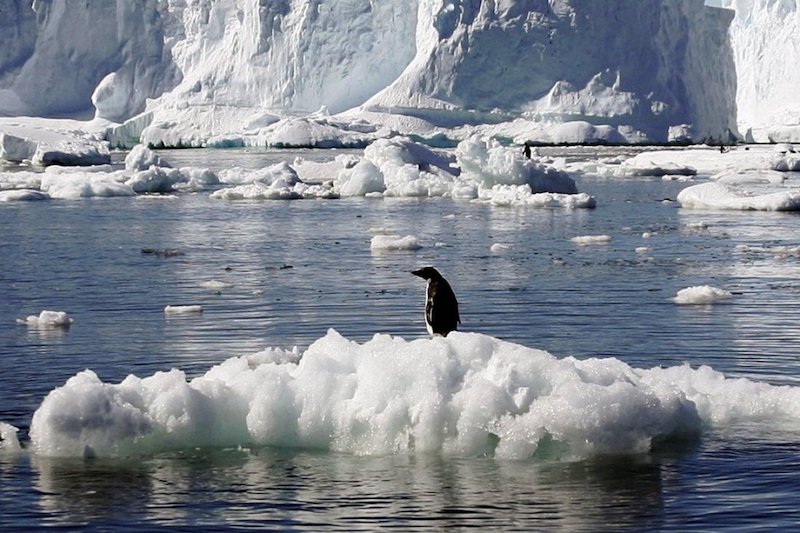Australia announced plans to boost its presence and surveillance operations on Antarctica, unveiling a $575 million package designed to match China’s growing interest in the South Pole region.
Prime Minister Scott Morrison said the 10-year funding plan would give Australia “eyes on Antarctica” by increasing the country’s ability to survey and monitor the frozen tundra and surrounding waters using drones, helicopters and autonomous vehicles.
Australia has territorial claims on 42% of Antarctica, the largest of any nation, but has lacked the capability to reach far-flung corners of the continent.
Antarctic land claims, most of which were established early in the 20th century, are hotly disputed and unrecognised by many nations, including China, India, Russia and the US.
There has been concern in Canberra that the void could be exploited by Beijing or Moscow, both of which are becoming more active on the continent.
Nearly half of Australia’s new funding will be spent on capabilities to move around inland areas, map Antarctica’s remote east from the air using drones and the purchase of four new medium-lift helicopters.
Environmental Projects
There are also a handful of environmental projects in the announcement, including $5 million for research into climate change’s impact on Antarctic ice sheets and supporting Pacific nations in monitoring rising sea levels.
Morrison refused to be drawn on specific concerns about China’s growing interest in Antarctica beyond saying, “They don’t share the same objectives as Australia does.”
China has built two year-round stations on Antarctica and its spending on related research programmes has steadily increased.
Beijing’s footprint is dwarfed by that of the US, which maintains the largest presence in Antarctica with about 1,400 personnel staffing its three all-year stations in summers before the pandemic.
The influential Australian Strategic Policy Institute recently warned in a report that Antarctica has become a venue for “geopolitical competition” and recommended steps to uphold a ban on military and mining activities.
Evan Bloom, the report’s author and a polar expert at the Woodrow Wilson Center, noted that while China and Russia are “heedless at times of calls to compromise” it was important for the US and Australia to “carefully manage relations with strategic competitors”.
He added that scientific cooperation with China was vital to the management of Antarctica.
- AFP, with additional editing by George Russell
READ MORE:
China Scientists Find ‘Green’ Refrigeration Tech – Xinhua
Quantum Computing Shows US Fears It Can’t Outcompete China
Fukushima Nuclear Operator Sued over Thyroid Cancer Cases
























